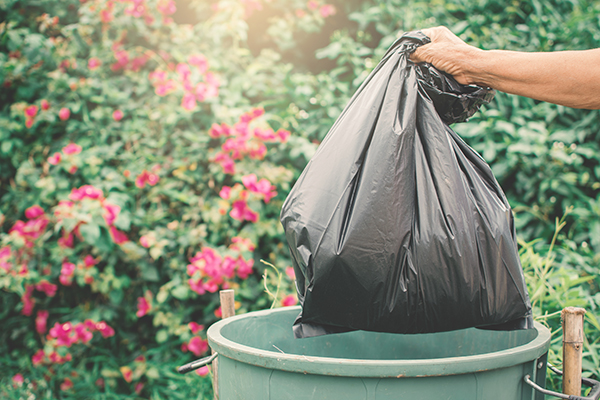UNDERSTANDING TIME AS A CONTROL FOR PUBLIC HEALTH
Much of our business that revolves around food safety is governed by temperatures. The endpoint cooking temperature of ground beef, the hot holding temperature on the line, the temperature of our refrigerators, or what the key temperatures are for cooling – the temperatures that many of us can recite in our sleep. But there are times when temperature control is just simply not possible. I remember several instances in my foodservice life where we didn’t have the luxury of having refrigeration, or where we were catering an outdoor event, and no matter how “windproof” our sternos and chaffing dishes were meant to be, the brisk Iowa wind would blow out the flame. This is where the food code section on time as a public health control comes into play.
Last week, I was helping with the development of a food safety exam, and I was reminded of just how confusing and misunderstood this section of the food code could be – for employees, managers, and seasoned professionals, alike. The code spells out this information in Section 3-501.19.
We all know that hot food must be kept at a temperature greater than 135˚F and cold food less than 41˚F, but at times when you are not able to maintain those temperatures, the code allows you to use time to keep food safe. To use this provision of the code, you do have to have a written procedure that you have prepared in advance, which can be made available to the inspector if they inquire about your procedures.
WE ALL KNOW THAT HOT FOOD MUST BE KEPT AT A TEMPERATURE GREATER THAN 135˚F OR LESS THAN 41˚F, BUT WHEN YOU ARE NOT ABLE TO MAINTAIN THOSE TEMPERATURES, THE CODE ALLOWS YOU TO USE TIME AS A MEASURE TO KEEP FOOD SAFE.
The next requirement is to make sure you have held the food properly at the correct temperature before you remove it from temperature control. In the case of hot food, it should be held at a temperature greater than 135˚F and cold food should have been kept at a temperature less than 41˚F.
Then, once it is removed from temperature control (for example, placed on a buffet line), record the time of when it was removed from temperature control and when it must be discarded. Once the four-hour mark has been reached, the food must have been served or discarded. It cannot be reheated to temperature and saved, or served again, it must be discarded.
There is, however, also a provision in the code that allows you to keep food for up to a maximum of six hours. This is only permissible for cold food (that is, food removed from temperature control at 41˚F or less). Again, the food shall be marked with the time at which it was removed from temperature control and the time at which the six-hour point will be met, at which point the food must be either served, cooked and served, or discarded. However, the food at no point shall exceed 70˚F during this six-hour period. Once the food exceeds the 70˚F point, it must be discarded.
Now for the usual disclaimer that I add at any time I discuss the food code. It is vital that you know your local food code and if the time as a public health control is allowed for in your specific jurisdiction and if there are any specific nuances that differs from the Model Food Code, which is what I base all of my blogs off, currently the 2022 code. Each jurisdiction has the ability to adopt any part of the model code or amend it to fit their standards, so when it doubt, call your inspector. Risk Nothing.










